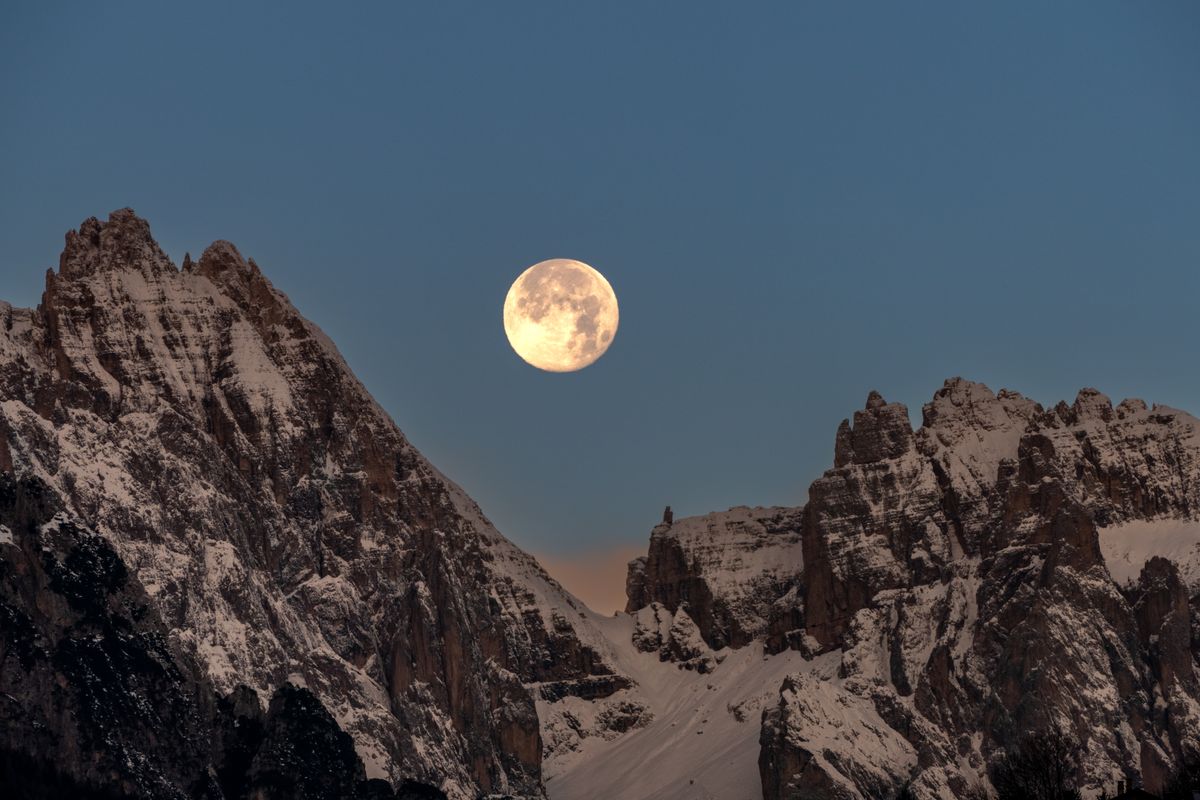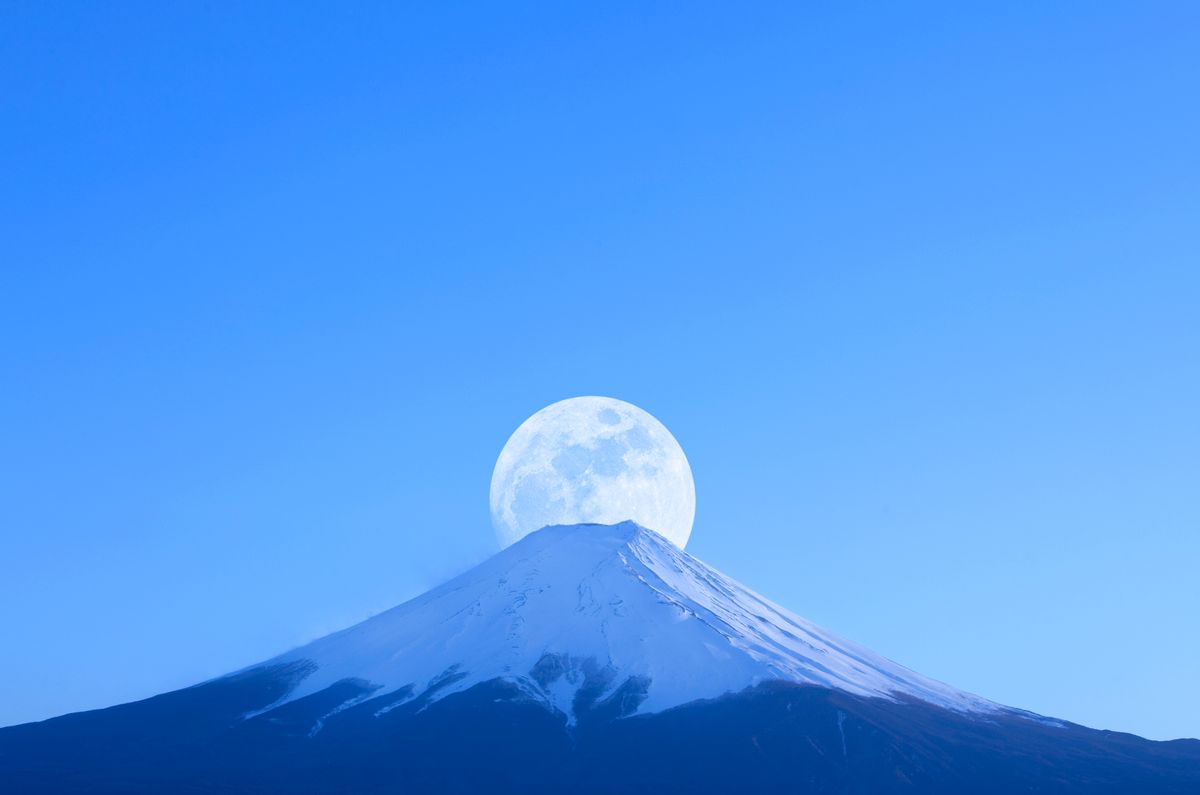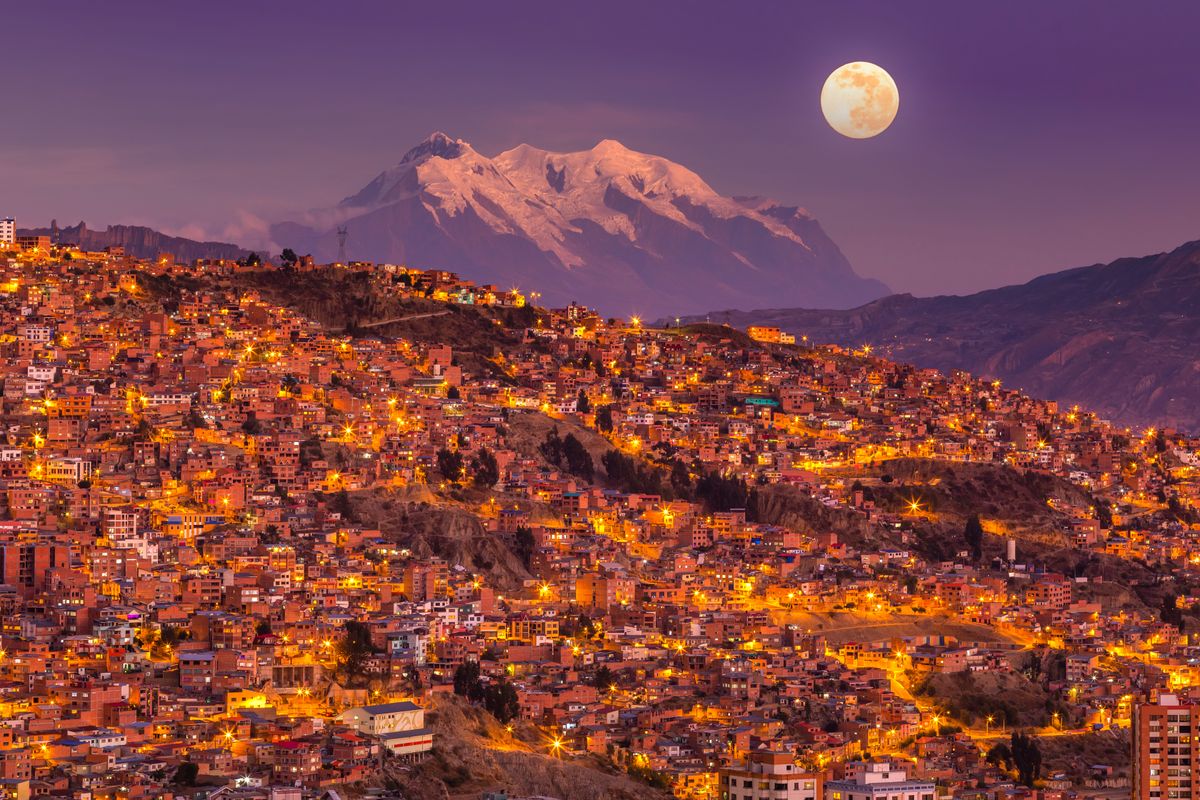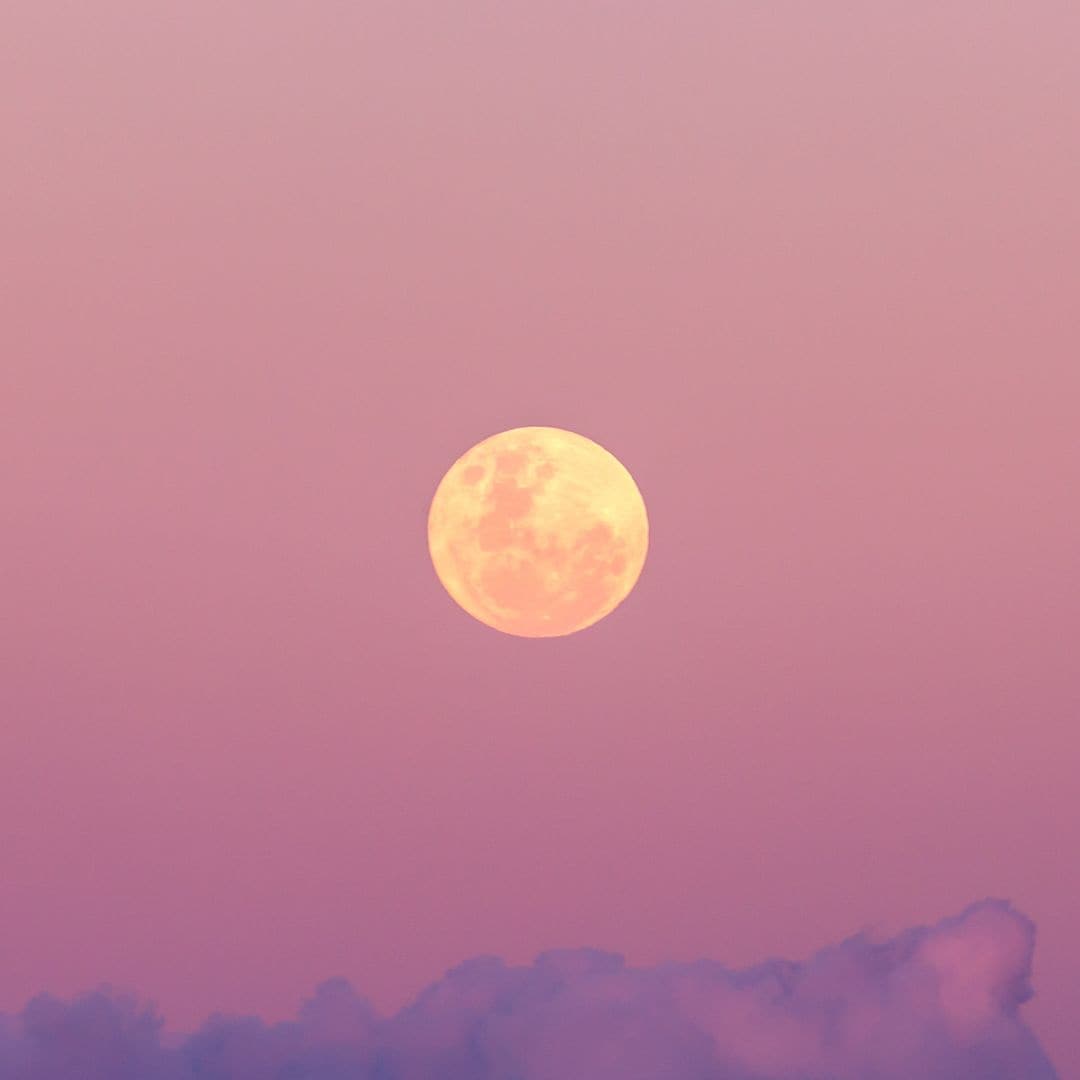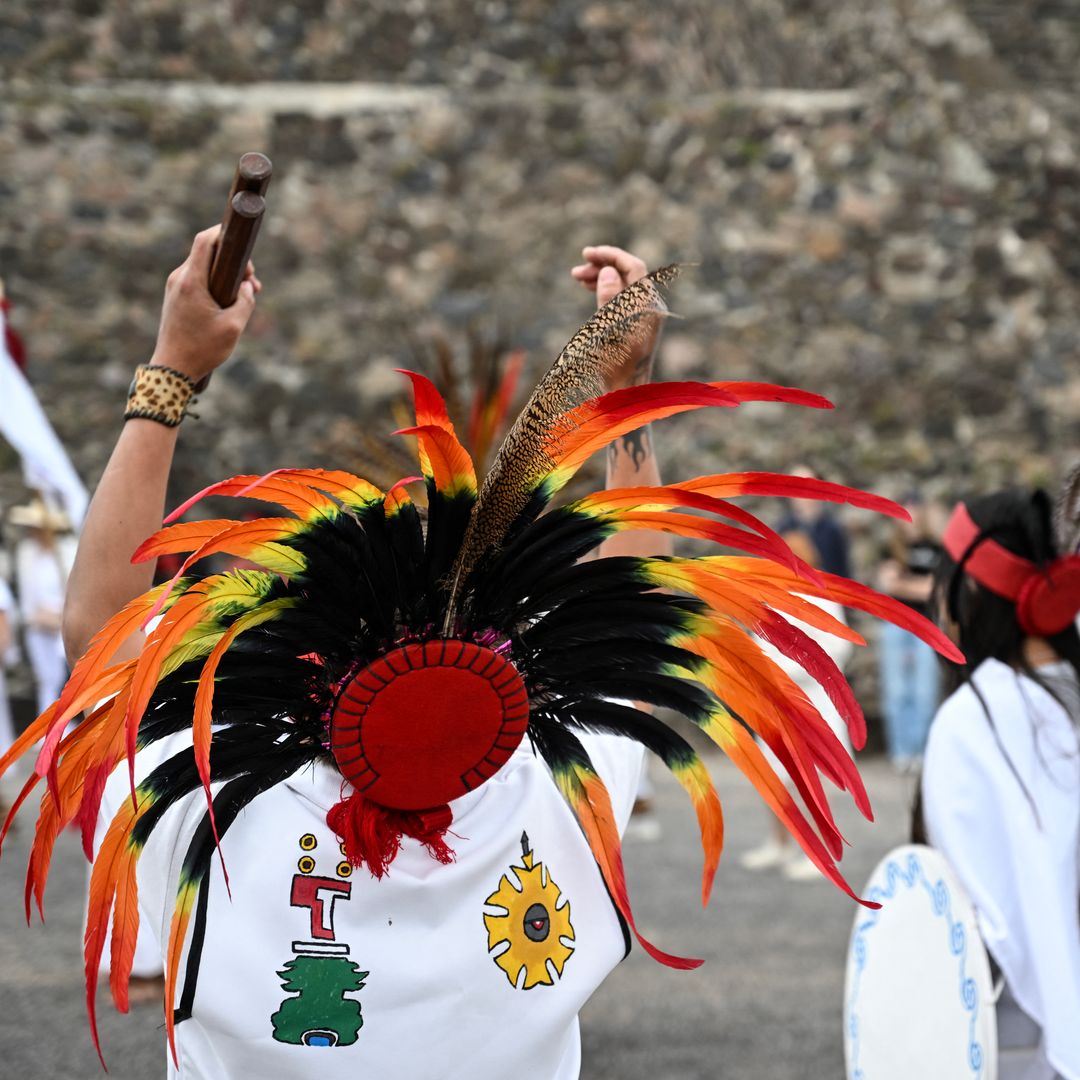Calling all moon lovers! We are about to see the second full moon of the year, which will be at its fullest on Feb. 12 at 8:53 a.m. ET. The "micro" Snow Moon of February will appear bigger and brighter (and more photogenic) on Feb. 11 and 12, when it is near the horizon, versus high in the sky, due to the moon illusion.
Why is it called a Snow Moon?
The meaning behind the name of February's moon comes from the temperatures and typically heavy snowfall that occurs during the month, as it is the snowiest month in the United States. "In the 1760s, Captain Jonathan Carver, who had visited with the Naudowessie (Dakota), wrote that the name used for this period was the Snow Moon, 'because more snow commonly falls during this month than any other in the winter,'" the Almanac explains.
Other names for February's full moon?
Best known as the Snow Moon, February's moon also has been called other names, including; Hungry Moon, Storm Moon, Ice Moon, Bear Moon, Bony Moon, Raccoon Moon, Groundhog Moon, and Bald Eagle Moon.
When is the best time to view it?
The moon rises shortly after sunset on the evening of the full moon, and this time it will be at its fullest on Feb. 12 at 8:53 a.m. ET.
Why is it a micromoon?
The final full moon of winter is usually one of the smallest of the year, as it is 14% smaller and 30% dimmer than a supermoon. However, this is not noticeable for the human eye, unless there is a side-by-side comparison.
Full moons in 2025:
There will be six supermoons. The first set of three supermoons of the year will be on March 29, April 27, and May 26.
,type=downsize)

